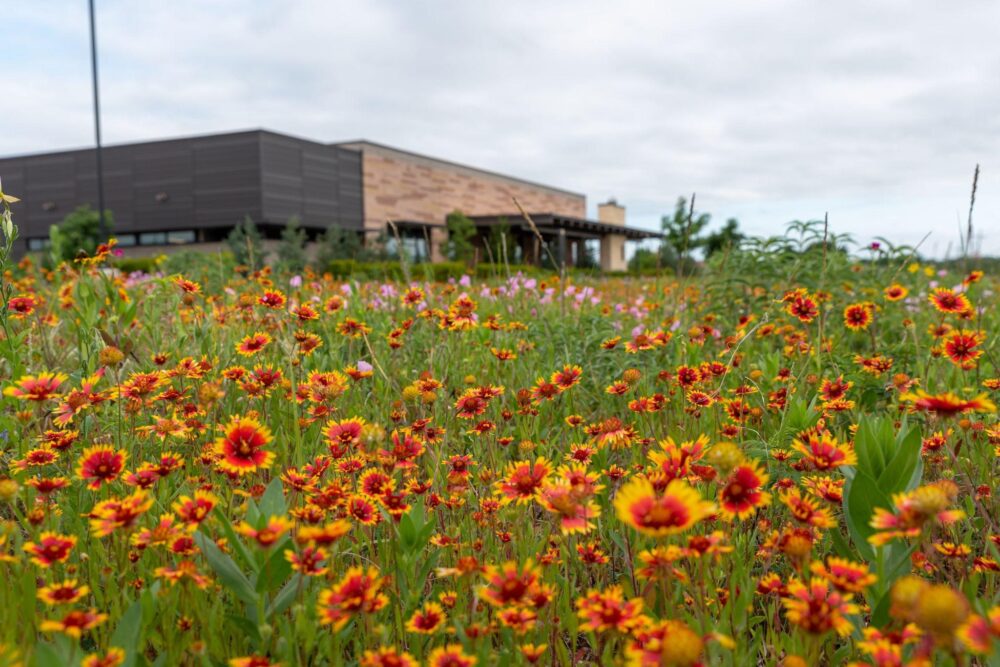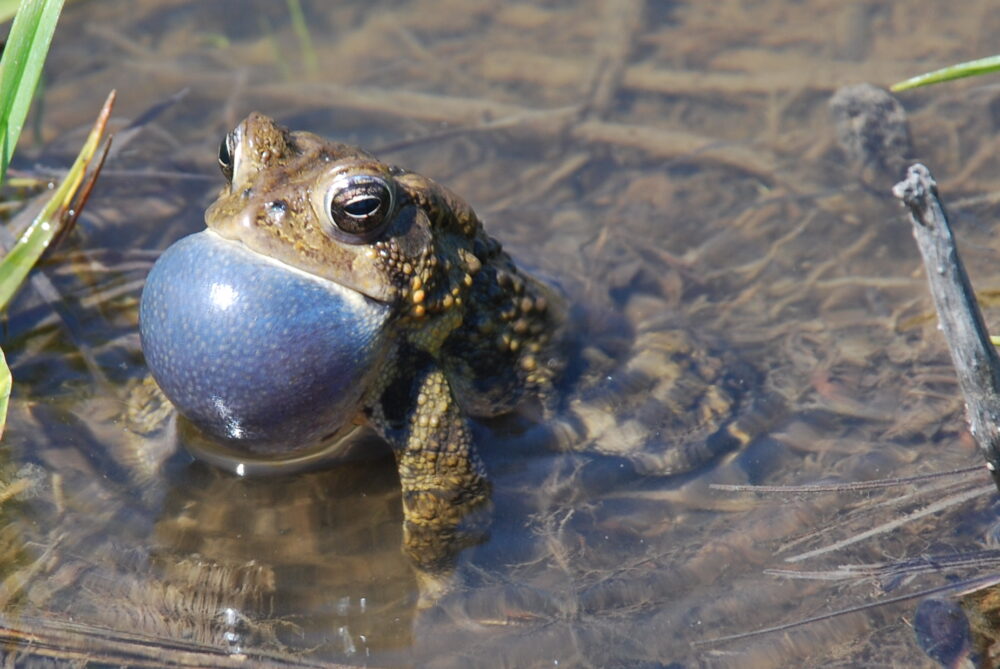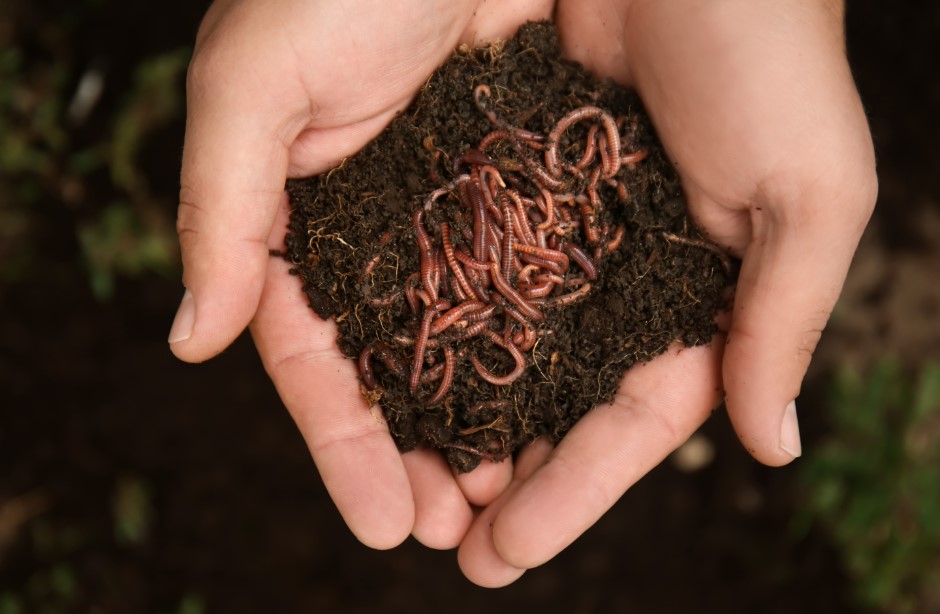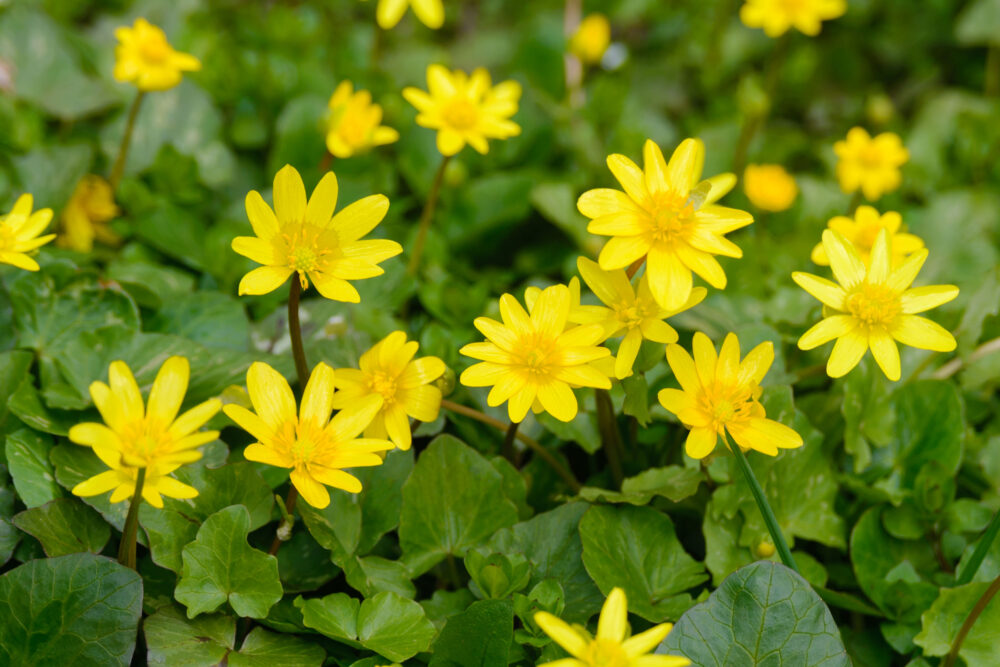We have much more to do and your continued support is needed now more than ever.
Ten Fabulous Facts About Butterflies: A Wildlife Garden’s Best Friend
For great wildlife gardening, it is important to know about pollinators. They can be birds, but most often they are insects that, while feeding on flowers, will help spread pollen to other plants for healthy garden propagation. Bees are the best known pollinators and America’s food supplies depend on them. But, most peoples’ favorite pollinator of all time is the butterfly (beautiful and no stinger!) Here are a few things about them you may not know.
1. They are (nearly) everywhere
Butterflies are found on every continent but Antarctica. There are an estimated 20,000 to 25,000 different species. Their cousin, the moth, is even more numerous. About 140,000 species of Moths have been counted all over the world. They come in every color in the rainbow and many have brilliant patterns that are true works of art in nature.
2. Many sizes
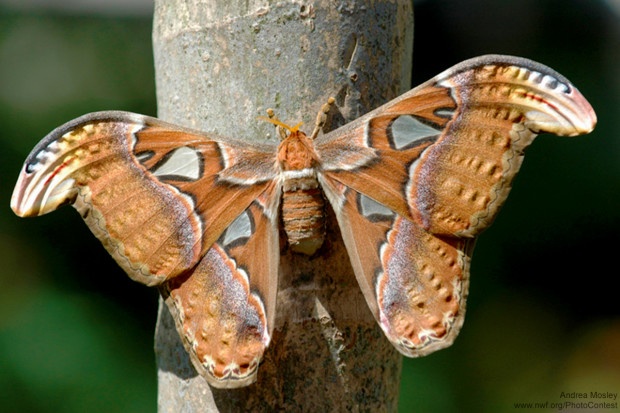
3. Warm weather lovers
Butterflies don’t much like cool weather and they cannot fly if their body temperature is less than about 85 degrees. This is the reason, for example, that Monarch butterflies like to spend their winters in Mexico.
4. Kind of slow
Some insects move with lightning speed but butterflies are fairly slow. The top flight speed for most is about 12 miles per hour. Some moths can fly 25 miles per hour. The fastest butterflies are skippers which have been clocked at 37mph but most just plod along in those endearing, largely erratic, flight paths.
5. They drink though straws
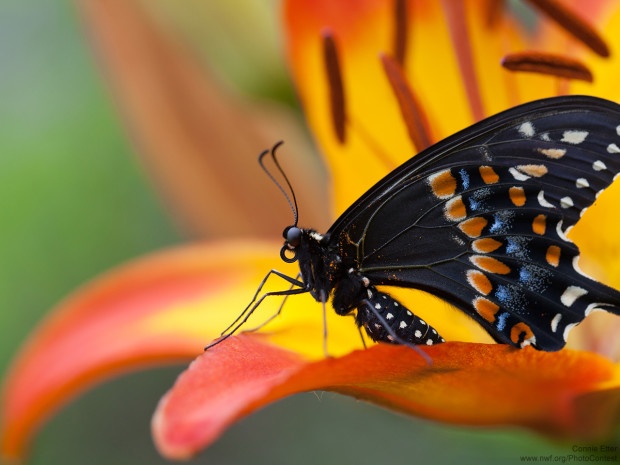
6. They taste things with their feet
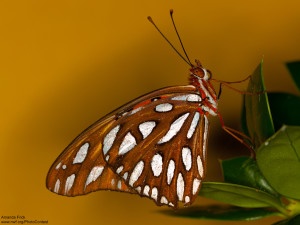
7. Short, but exciting, lives
the average butterfly lives just two to four weeks. In that time, it focuses all its energy on two tasks – eating and mating. Some of the smallest butterflies, the blues, may only survive a few days. Butterflies that overwinter as adults, like monarchs and mourning cloaks, can live as long as 9 months.The Brimstone butterfly has the longest lifetime of the adult butterflies: 9-10 months.
8. They use clever tricks to keep from being eaten
Butterflies have lots of hungry predators looking to make a meal of them. Some butterflies fold up their colorful wings to blend in to the background. Others try the opposite approach and display bright colors and patterns that announce they may be toxic if eaten. Some butterflies aren’t toxic at all, but pattern themselves after other species known for their toxicity. A few have patterns on their wings that make THEM look like predators such as the owl butterfly which displays what look like eyes.
9. Epic travelers
The long distance champion is the Monarch butterfly whose journey ranges from northern areas like the Great Lakes to the Gulf of Mexico, a distance of about 2,000 miles.
10. You can help them
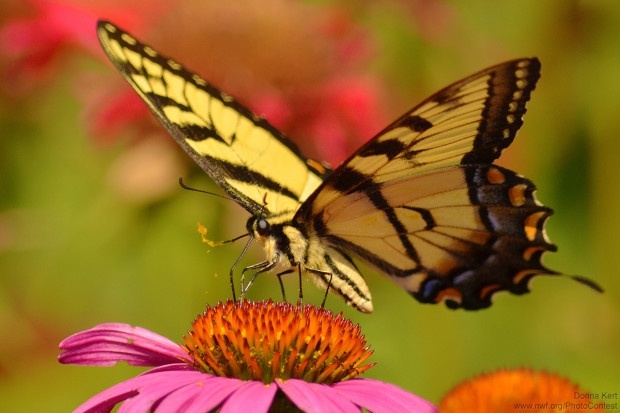
![]() Remember that each year the National Wildlife Federation celebrates May is Garden for Wildlife Month. Please join in.
Remember that each year the National Wildlife Federation celebrates May is Garden for Wildlife Month. Please join in.














